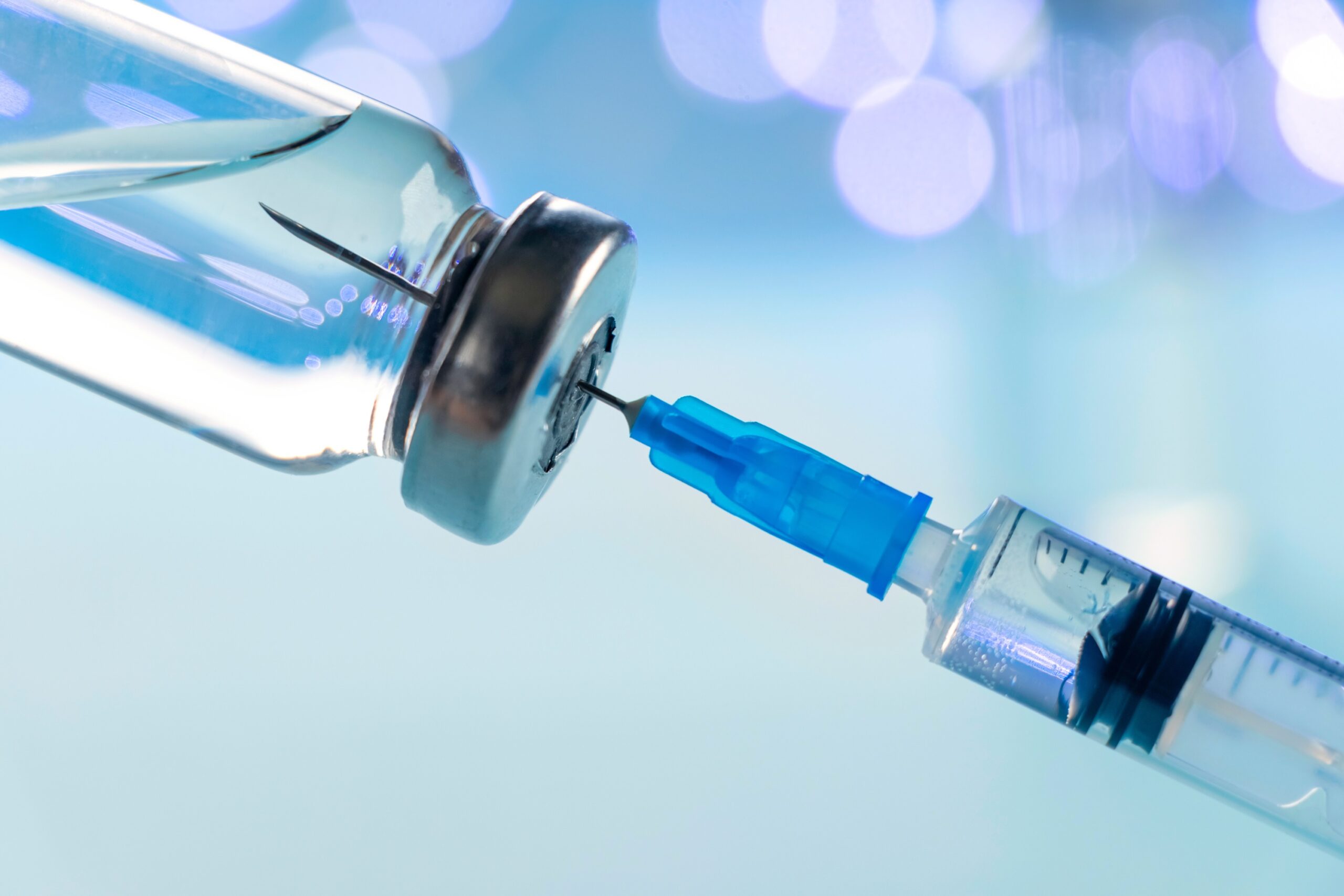One crucial aspect of sterile pharmaceutical production is conducting a “smoke study,” a procedure designed to validate the airflow patterns within a controlled environment. This blog will explore what smoke studies entail, their significance, and their role in ensuring the safety and efficacy of pharmaceutical products.
A smoke study, also known as an air visualization study, is a process used to visualize airflow patterns within controlled environments, such as cleanrooms and sterile processing areas. By introducing a visible, non-toxic smoke into the air, technicians can observe how air moves around equipment, personnel, and other potential obstructions. This helps identify any areas where air may be stagnant or where there might be cross-contamination risks.
Typically, the smoke is generated using smoke sticks, smoke tubes, or specialized machines that produce a continuous stream of vapor. The study is often recorded on video to allow for detailed analysis and review.
Why Are Smoke Studies Important?
- Ensuring Proper Airflow: The primary purpose of a smoke study is to ensure that the airflow patterns within a controlled environment meet the necessary standards. Proper airflow is critical in preventing contamination, as it helps to ensure that any particulates, including microorganisms, are effectively swept away from critical areas and do not settle on sterile surfaces or products.
- Compliance with Regulations: Regulatory bodies such as the FDA and EMA require strict adherence to guidelines concerning cleanroom environments. Smoke studies are an essential part of complying with these regulations, as they provide documented evidence that the facility’s airflow systems are functioning correctly.
- Identifying Potential Contamination Risks: By visualizing airflow, smoke studies can highlight areas where there might be turbulence or dead zones—areas where air does not circulate effectively. These zones can harbor contaminants, posing a risk to the sterility of the environment. Identifying and addressing these areas is crucial for maintaining a contaminant-free production space.
- Optimizing Cleanroom Design and Operation: Smoke studies can also inform the design and layout of cleanrooms and other controlled environments. By understanding how air moves within these spaces, facilities can optimize the placement of equipment, workstations, and air filtration systems to enhance overall efficiency and cleanliness.
- Training and Education: Conducting smoke studies provides valuable insights that can be used for training personnel. Understanding how air moves and the potential impact of their actions on airflow can help staff work more effectively to maintain a sterile environment.
The process of conducting a smoke study typically involves several key steps:
- Preparation: Ensure that all equipment is functioning correctly and that the environment is as close to typical operating conditions as possible.
- Smoke Generation: Introduce a visible, non-toxic smoke into the environment using appropriate devices.
- Observation and Recording: Observe and record the movement of the smoke, paying close attention to critical areas such as workstations, equipment, and entry points.
- Analysis: Analyze the recorded footage to identify any areas of concern. This may involve measuring the speed and direction of airflow and identifying any zones of turbulence or stagnation.
- Reporting and Action: Document the findings and, if necessary, make recommendations for changes to the environment or procedures to address any identified issues.
Smoke studies are a fundamental component of maintaining sterility in pharmaceutical production environments. By providing a visual representation of airflow patterns, these studies help ensure that cleanrooms and other controlled environments meet the rigorous standards required for producing safe and effective pharmaceutical products.
EMMA International’s sterility assurance SME’s are here to support your operation! To learn more, contact us at 248-987-4497 or email info@emmainternational.com today.
FDA (Sep 2004) Sterile Drug Products Produced by Aseptic Processing — Current Good Manufacturing Practice retrieved from: https://www.fda.gov/media/71026/download





